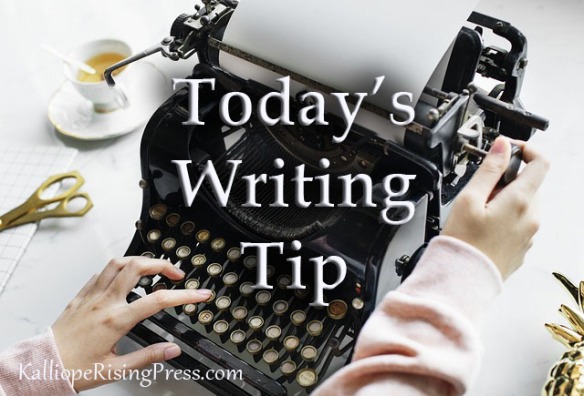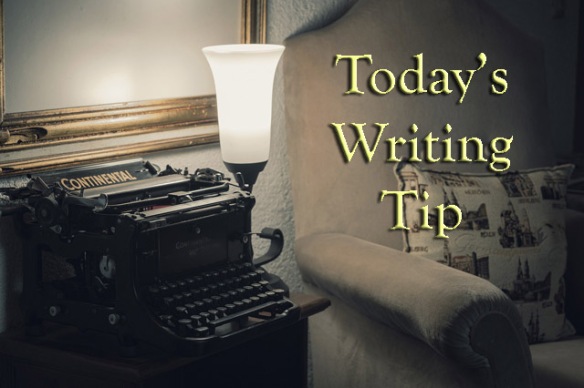
There are various pros, cons, and opinions with regard to how many characters to include in your story. I’m not going to go into that argument here, especially since I’m probably unqualified to do so in a fair and unbiased manner. By stories tend to be highly populated, though they will all serve a purpose somewhere along the plot line.
This tip is about how to manage a huge cast of characters, assuming they’re justified being there in the first place. Major characters who appear regularly throughout the story are well-established enough that reminding your reader who they are will be annoying. However, they may need a reminder about the minor ones from time to time so they can keep them straight. Placing them in a scene that fits their role sometimes will suffice. Otherwise a word of two about who they are (such as “police captain, doctor, or grocery clerk so-and-so, blah blah blah”) is helpful.
Having a dramatis personae is also highly recommended, though they are more difficult to refer back to in an ebook..









